Transmission & Distribution Services
Optimize system performance while reducing total cost of ownership
Our innovative power line inspection processes achieve better results by identifying more defects than traditional, ground-based inspections.
X
“*” indicates required fields
Success by the Numbers

5900000 +
IMAGES ANALYZED

23895
INTERRUPTIONS PREVENTED

110731
CRITICAL ISSUES IDENTIFIED
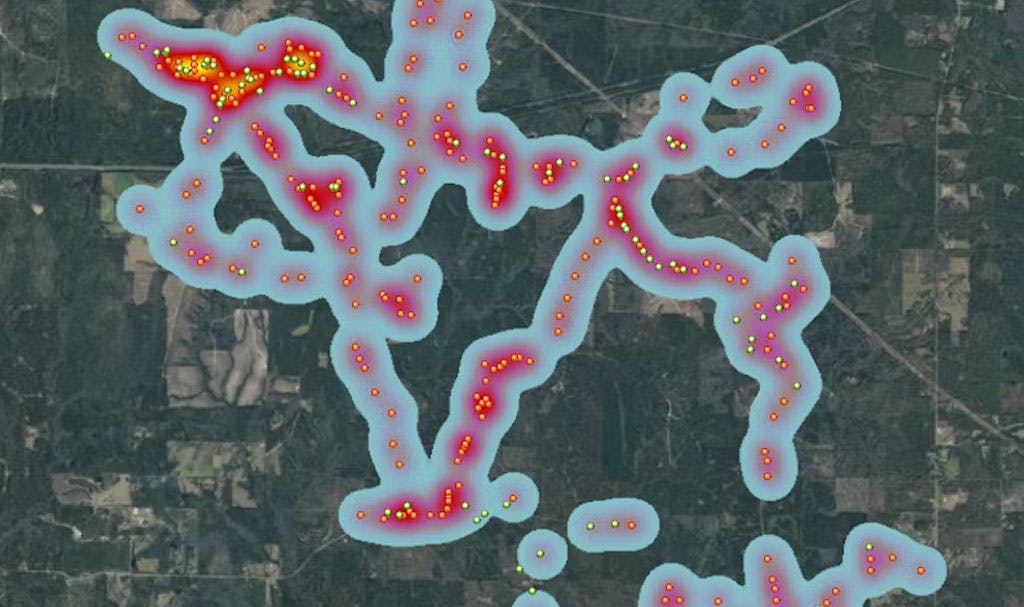
Prioritized Insights
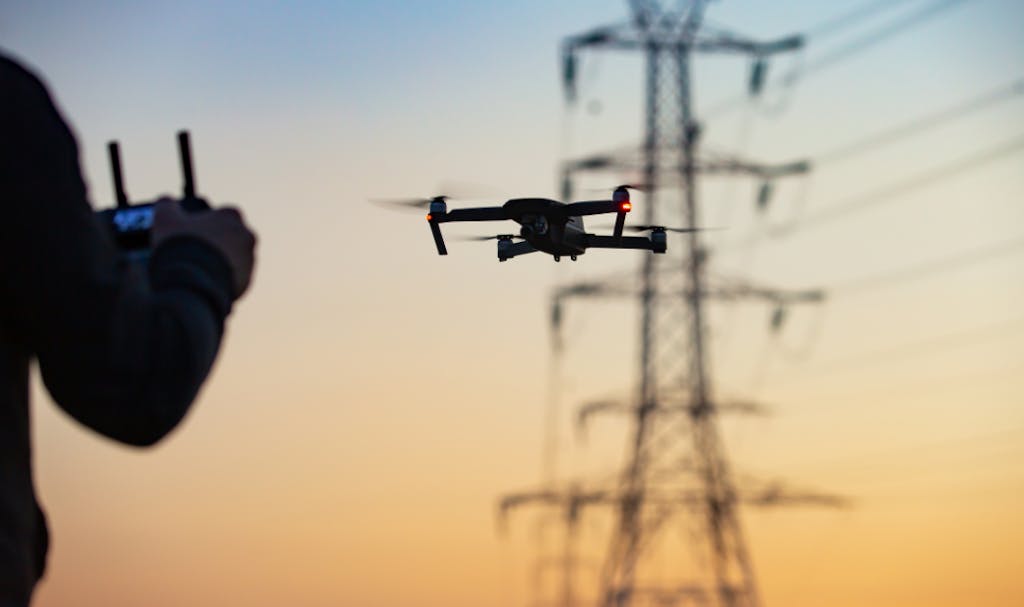
Unparalleled Value
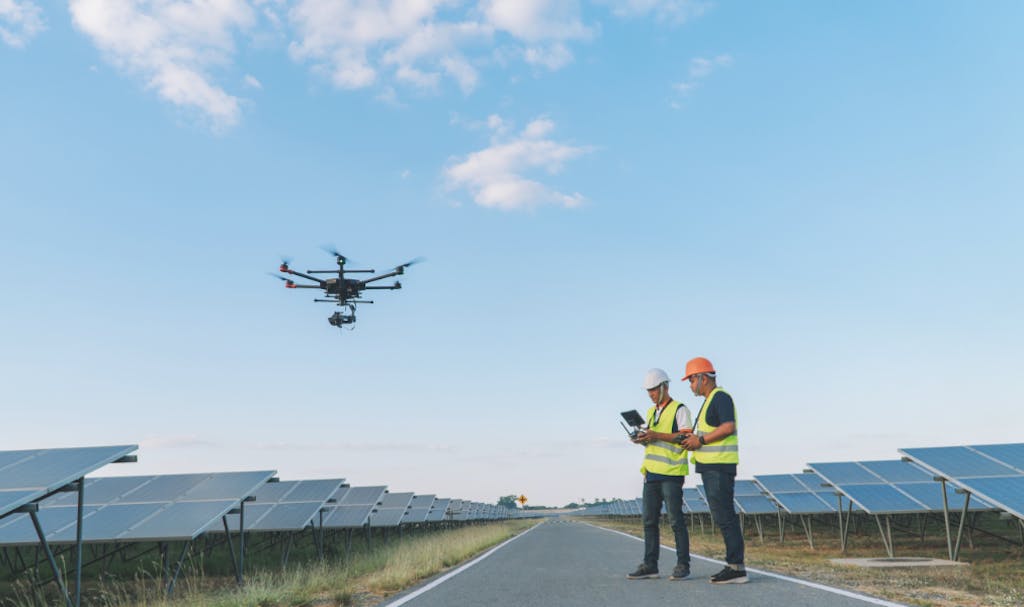
Safety Beyond Compare
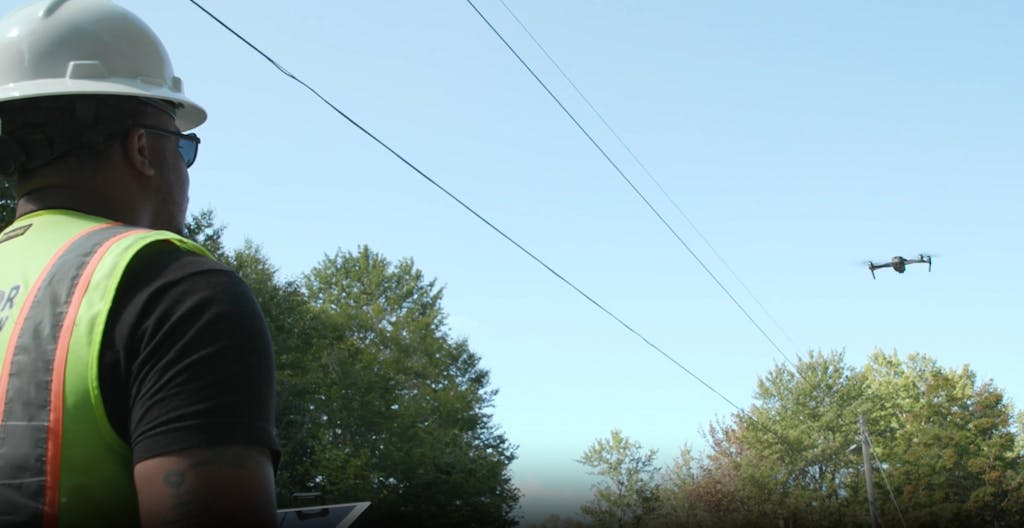
Remote Asset Inspections
Invaluable Insights at Your Fingertips
Our Areas of Expertise
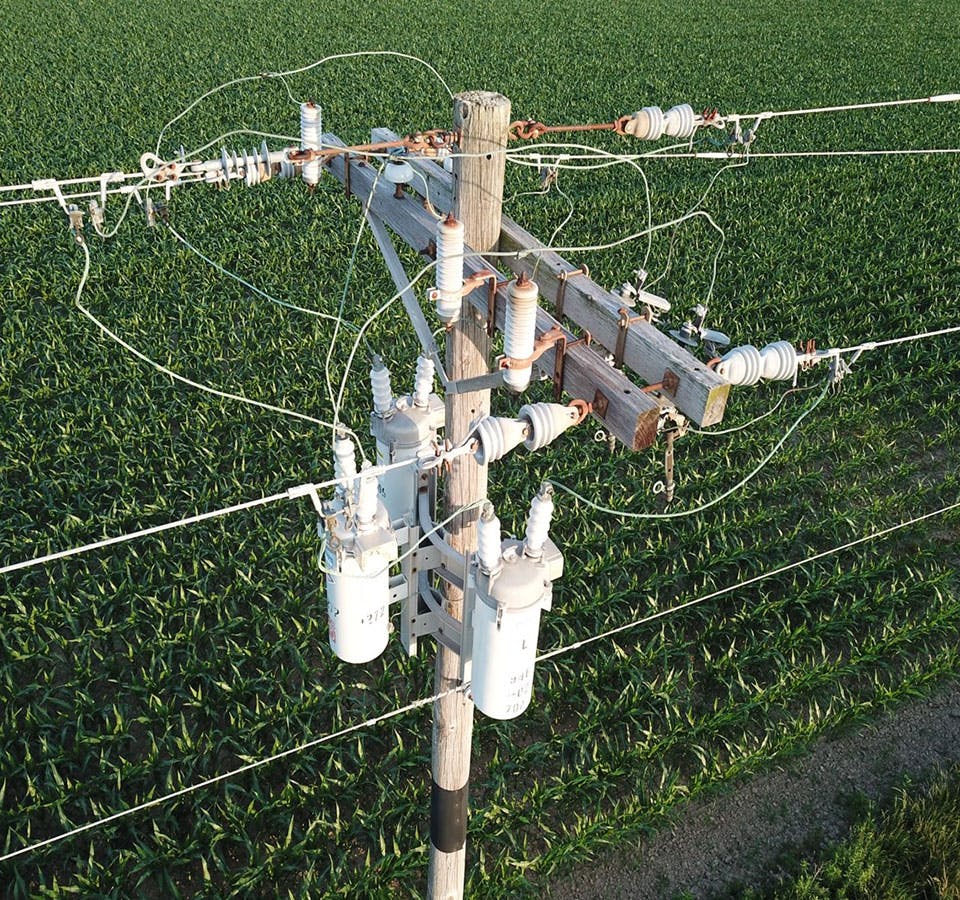
Aerial Overhead Line Inspections
- An inspection of overhead electrical lines using visual images captured by UAS and analyzed by subject matter experts. Results are organized in a prioritized risk assessment report.
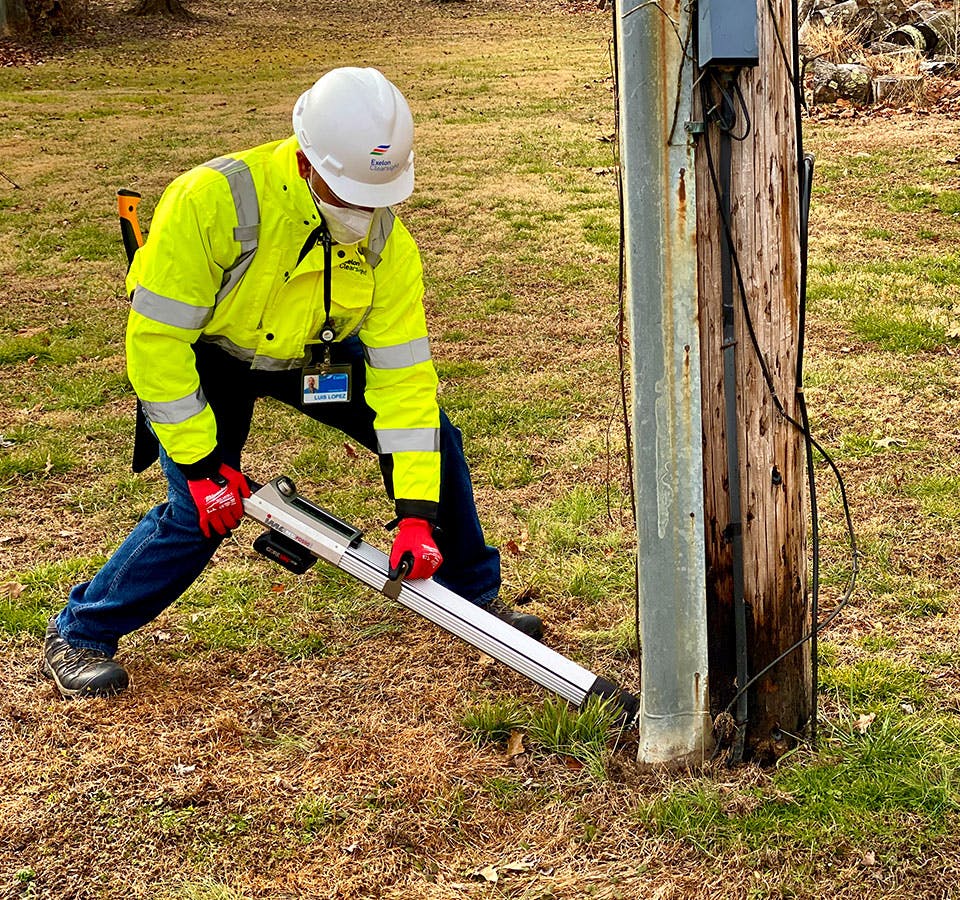
- Wood Pole Inspection, Treatment, and Reinforcement (ITR) program driven by a scientific approach utilizing non-destructive methods that deliver objective insights to optimize remedial maintenance procedures and extend the life of wood assets.
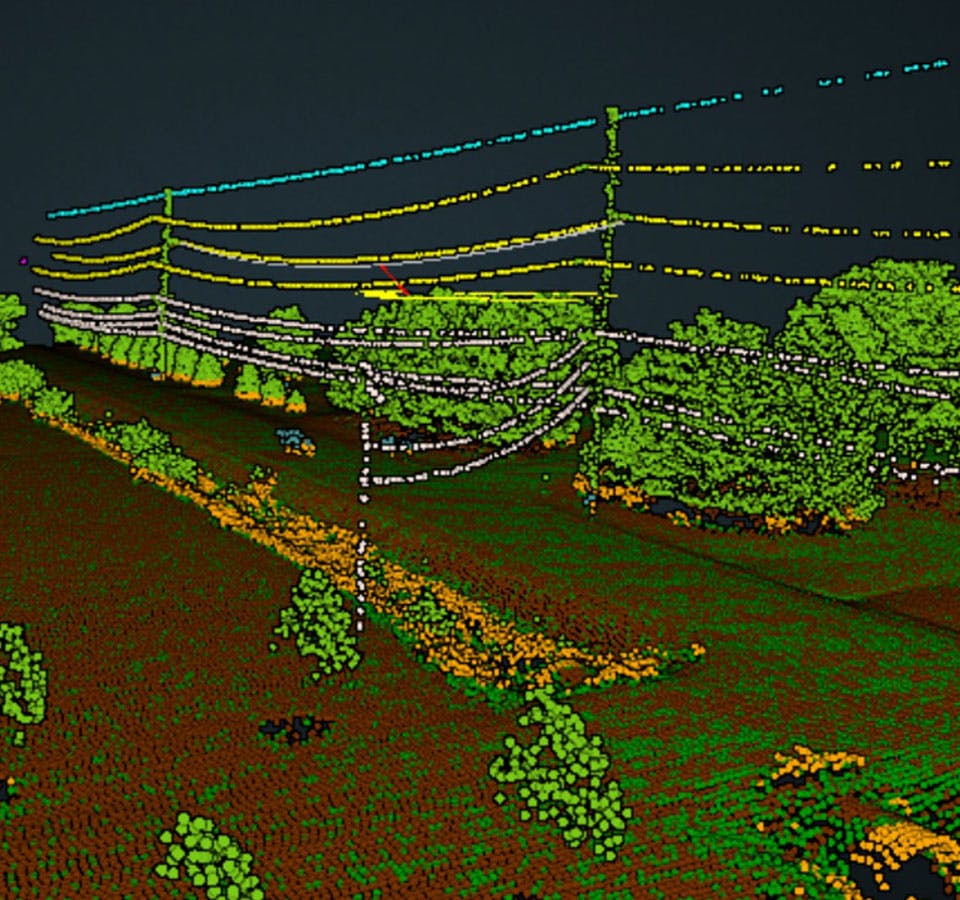
- Remote data collection and modeling identifies areas of encroachment, helps calculate volumetrics, analyzes impact on line corridors, and aids in optimizing maintenance schedules.
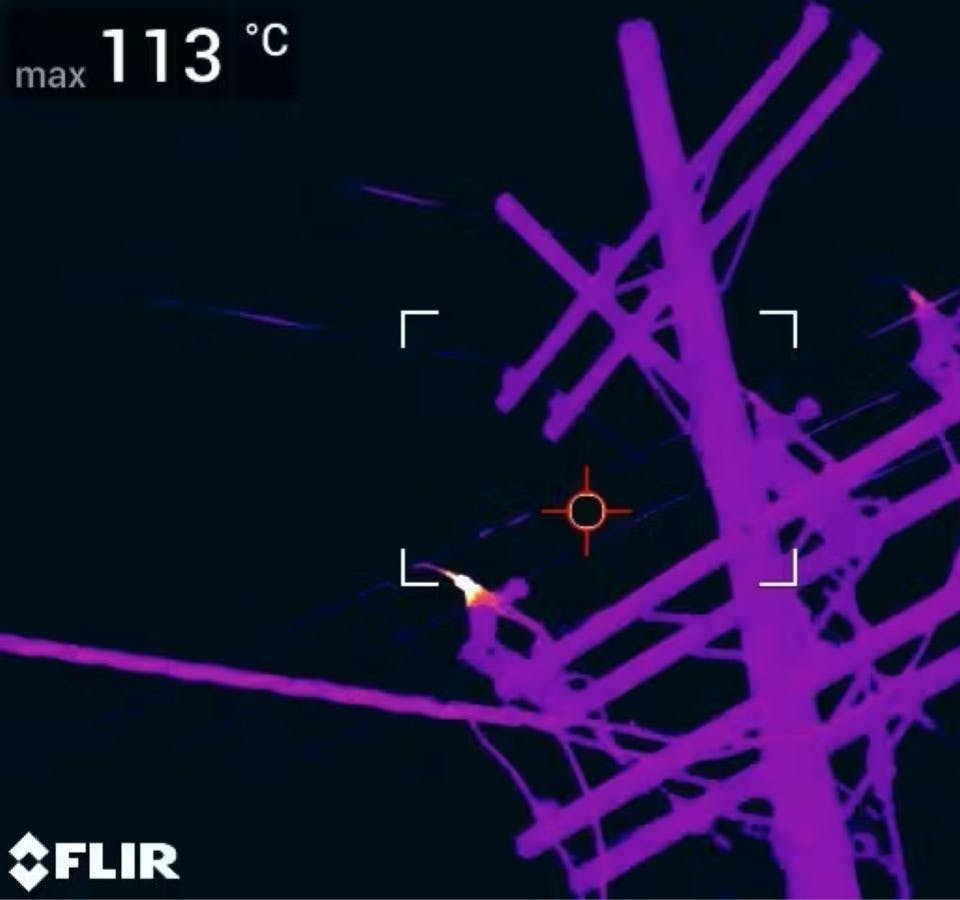
- Infrared (IR) imaging identifies overheating equipment and components which are not discernible through visual assessments alone. This service can be performed on transmission, distribution, and substation assets, as well as inside manholes, vaults, and to support special projects/studies.
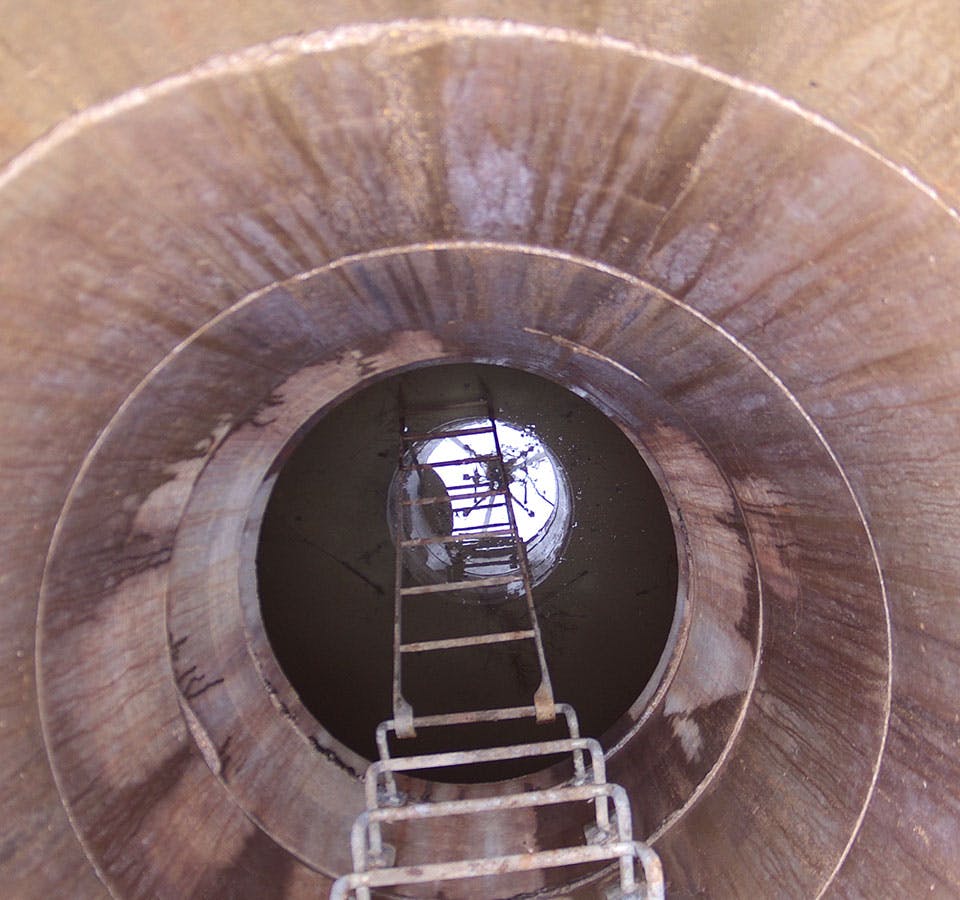
Underground Vault Inspections
- Visual imagery and sensor data remotely collected by UAS/robotics to perform inspections of assets in confined and hazardous spaces, such as inside manholes and vaults.
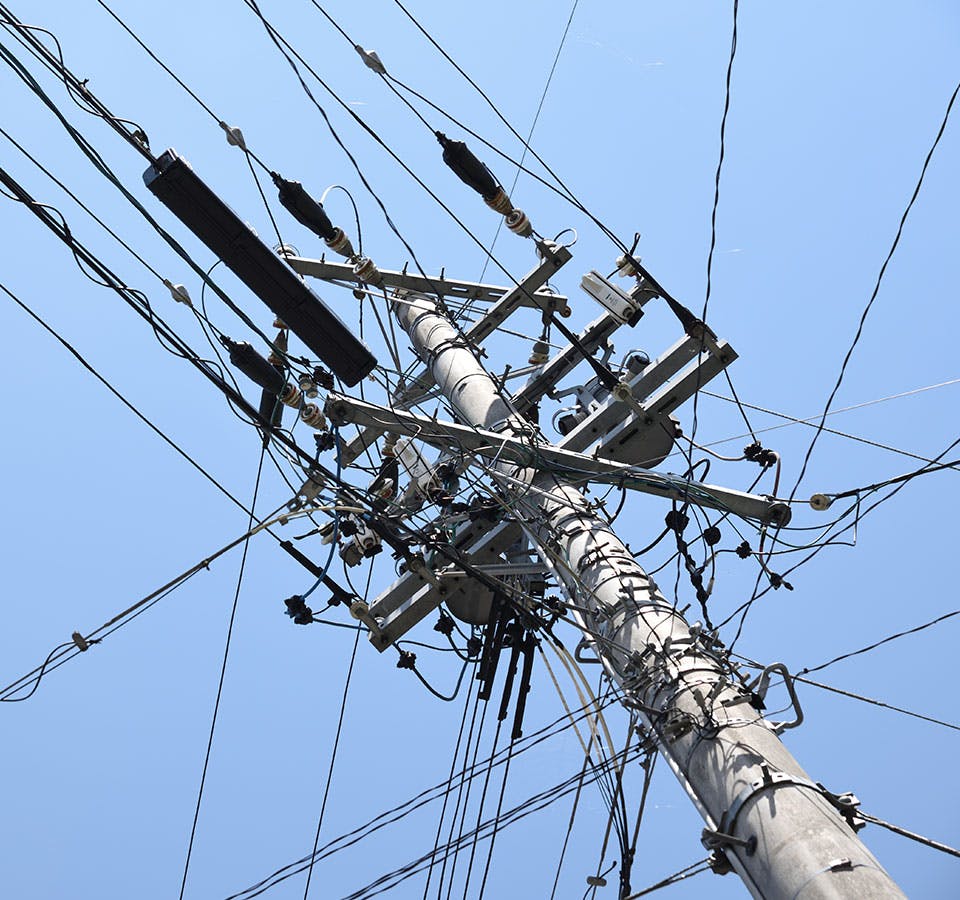
Third-Party Attachments
- Visual inspection imagery is used to perform an inventory of all known and foreign third-party attachments to help audit compliance, collect revenues, and manage joint-use contracts.
Case Studies
Aerial vs. Ground-Level Comparison of Distribution Assets
Aerial vs. Ground-Level Comparison of Distribution Assets
Aerial vs Ground Inspections – more accurate condition detection with downstream benefits
![]() 202 Aerial v 136 Ground (48% better)
202 Aerial v 136 Ground (48% better)![]() 4 high priority issues only visible from above
4 high priority issues only visible from above![]() Aerial provided clearer view for more accurate condition detection
Aerial provided clearer view for more accurate condition detection![]() Aerial has potential for downstream benefits
Aerial has potential for downstream benefits
